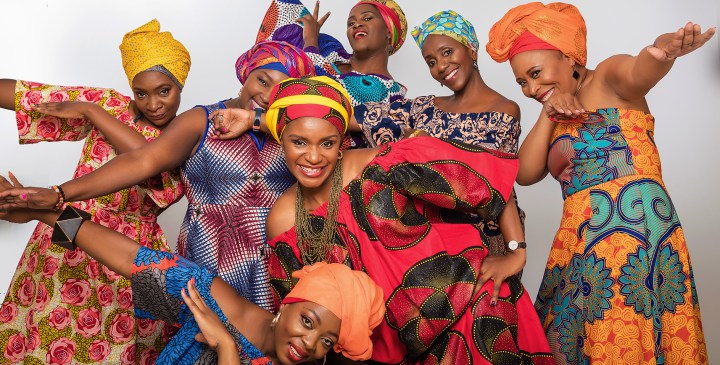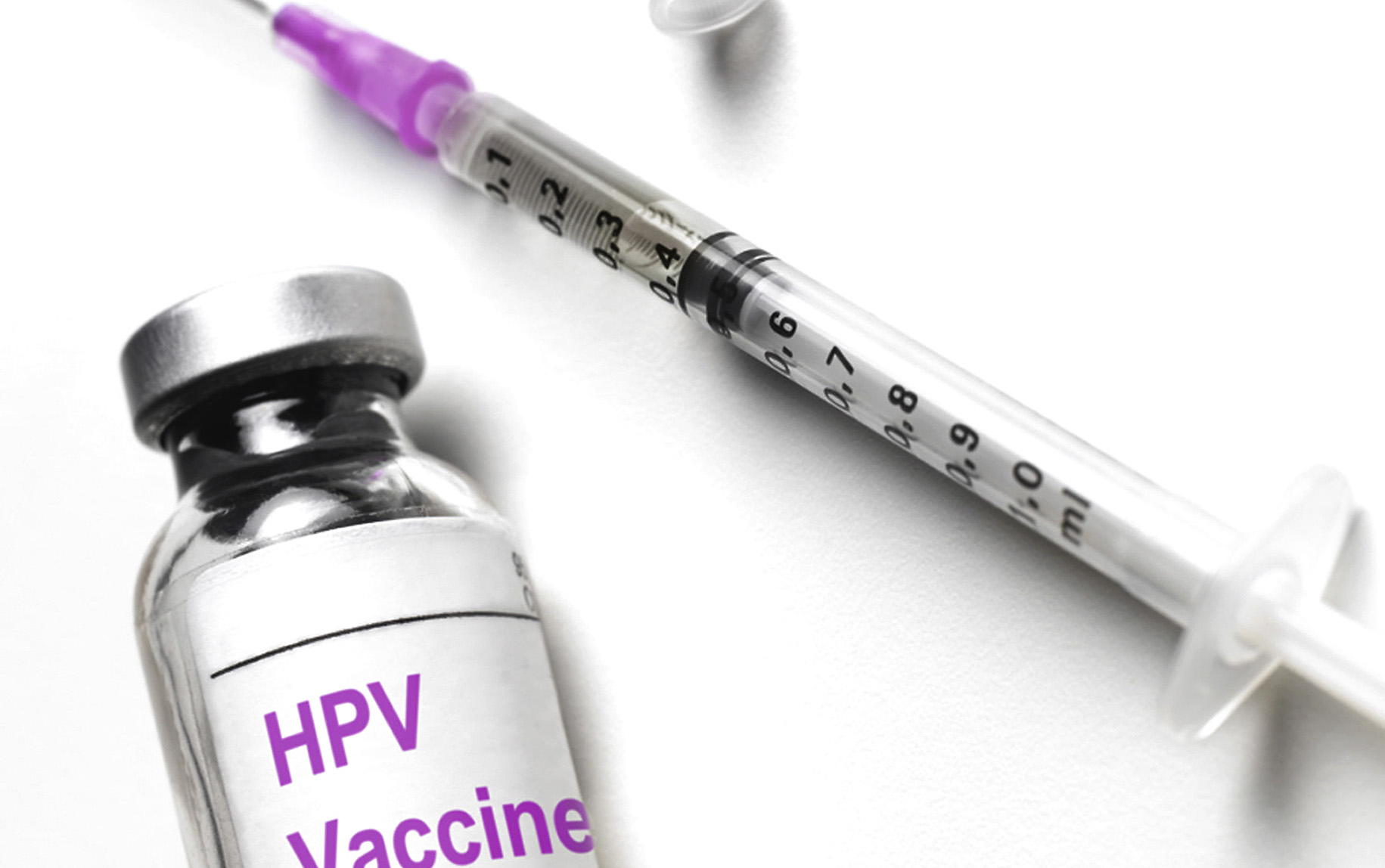MAVERICK CITIZEN OP-ED
Investing in HPV vaccination for boys and girls can take us closer to eliminating cervical cancer

While Covid-19 has turned the world on its head, it has also provided a moment for us to reconsider investment in the health of our communities. The choice to strengthen capacity across the health system to target cervical cancer prevention and control is both moral and economic.
The Covid-19 pandemic continues to reveal long-standing disparities as it pushes global health systems – and economies – to their limits. While more men appear to be succumbing to the disease, Covid-19 has disproportionately impacted women and girls in terms of barriers that have interrupted access to safe, effective healthcare. This is particularly true for those at risk of or who have cervical cancer.
The World Health Organisation’s (WHO’s) recently adopted Global Strategy towards the Elimination of Cervical Cancer as a Public Health Problem seeks to end cervical cancer within the lifetime of today’s youngest girls. With its three pillars for action (prevention through vaccination; screening and treatment of precancerous lesions; and treatment and palliative care for invasive cervical cancer) and clear 2030 targets — an increase in human papillomavirus (HPV) vaccination to 90%, twice-in-a-lifetime cervical screening to 70%, and treatment of pre-invasive lesions and invasive cancer to 90% — it provides the guidance for all countries to accelerate towards the finish line: elimination.
Further, it provides the opportunity to engage communities on women’s and girls’ health with the potential to construct inclusive Covid-19 responses, driving progress towards health equity. More than ever, we must commit to its implementation to ensure the dignity, health and livelihoods of women, girls and their communities for generations to come.
Let’s take a closer look at what the strategy entails for South Africa.

Human papillomavirus (HPV) vaccination can reduce cervical cancer in boys as well as girls. (Photo: iol.co.za)
Strategy #1: Investing in HPV vaccination
Human Pappiloma Virus (HPV) vaccination is one of the most cost-effective prevention tools available, protecting against at least 70% of all cervical cancers. The vaccine against HPV is considered a global health “best buy”, but funding is only part of the solution. It must be paired with increased awareness and education, a coordinated response around cultural sensitivities, and inclusion in immunisation programmes.
In South Africa, HPV vaccination forms part of government’s Cervical Cancer Prevention and Control Policy and is managed under the school immunisation programme, as it stipulates that girls in public schools have to be vaccinated at the age of nine. Only one jab has been provided where best practice indicates two.
As it stands, this year’s vaccination drive could not take place as a result of Covid-19. The vaccination programme is funded by a dedicated ring-fenced grant from National Treasury. With it only being available to public schools it means that access remains inequitable because girls attending private schools are excluded. The argument is that private medical schemes cover this vaccination.
However, there is another, far more important decision required, which would be to consider vaccinating boys as well. In a country where HIV prevalence is high it goes without saying that the HPV infection rate will be high as well. We have many young women and men infected with genital warts which could have been prevented with the quadrivalent vaccine that specifically protects against infection with HPV 6 and 11, which cause genital warts.
Surgery associated with genital warts is increasing and becoming the “bread and butter” surgery of gynaecological departments at public hospitals. Genital warts also impact negatively on the self-esteem of young people affected. The difference of cost between the two types of vaccines is minimal.
So the question is: “Should we continue to only protect girls and deal with the unintended consequences associated with the choice of vaccination, or are we going to invest in the future of our youth as a collective?” HPV infection is a sexually transmitted infection. In a patriarchal society where gender-based violence is rife, this decision is not one to be made by the Department of Health only.
Strategy #2: Expanding the screening and treatment of precancerous lesions
When early detection, diagnosis and prompt treatment of precancerous lesions remain out of reach, women are diagnosed at advanced stages when treatment may be difficult.
In South Africa a total of 7,237 women were diagnosed with cervical cancer in 2016, according to the National Cancer Registry. Black females have a lifetime risk (LTR) of one in 29, while their white sisters have an LTR of one in 57, coloured women one in 58 and Asian women one in 89. The differences are mainly related to access issues, specifically in rural provinces, as reported in the Health-e News article Getting treatment in Limpopo is like waiting for death.
We must start by merging preventative and treatment services for HIV/Aids, non-communicable diseases, and sexual and reproductive health and rights to maximise efficiencies and improve referral systems. This will not only ensure timely treatment – it will also help strengthen capacity across the health system to improve outcomes across the board. Why should South African women and mothers survive an HIV diagnosis, only to die from cervical cancer?
Strategy #3: Connecting women to treatment and palliative care
The majority of women who die from cervical cancer (90%) have poor access to quality diagnosis treatment and care. Often they face social and cultural sensitivities about their disease, denying them the dignity and respect they deserve, with the threat of catastrophic expenditure and a push into poverty that a cancer diagnosis often brings.
Many women are denied access to screening services by their partners and even abandoned when diagnosed with cervical cancer. In South Africa, government’s palliative care policy is sadly still not implemented in most provinces.
Achieving the WHO targets will require a reimagining of our health system to ensure it is capable of providing greater social support services for women and their families, as well as appropriate and sufficient treatment and palliation. South African women and mothers deserve dignity and comfort knowing that they will be able to be treated in a caring environment.
Uniting to end cervical cancer
While Covid-19 has turned the world on its head, it has also provided a moment for us to reconsider investment in the health of our communities. Cervical cancer elimination is a great place to start. An investment in the WHO’s strategy stands to unlock the economic potential of 250 million women and girls globally and add $28-billion to the world’s economy by 2050.
Women and girls deserve access to prevention and treatment services to help mitigate the impact of cervical cancer, even during the most challenging of circumstances. The choice to invest is both moral and economic, and millions around the world are counting on us to make it.
This is the first time in history that we have the tools and knowledge at our fingertips to achieve the elimination of a cancer. We want to be a part of the solution. DM/MC
#LeaveNoOneBehind
This article is dedicated to all women living with cervical cancer (knowingly and unknowingly) and those who did not survive a treatable cancer.
Salomé Meyer is an activist and Cancer Alliance Access to Medicine project manager.


















 Become an Insider
Become an Insider
Comments - Please login in order to comment.